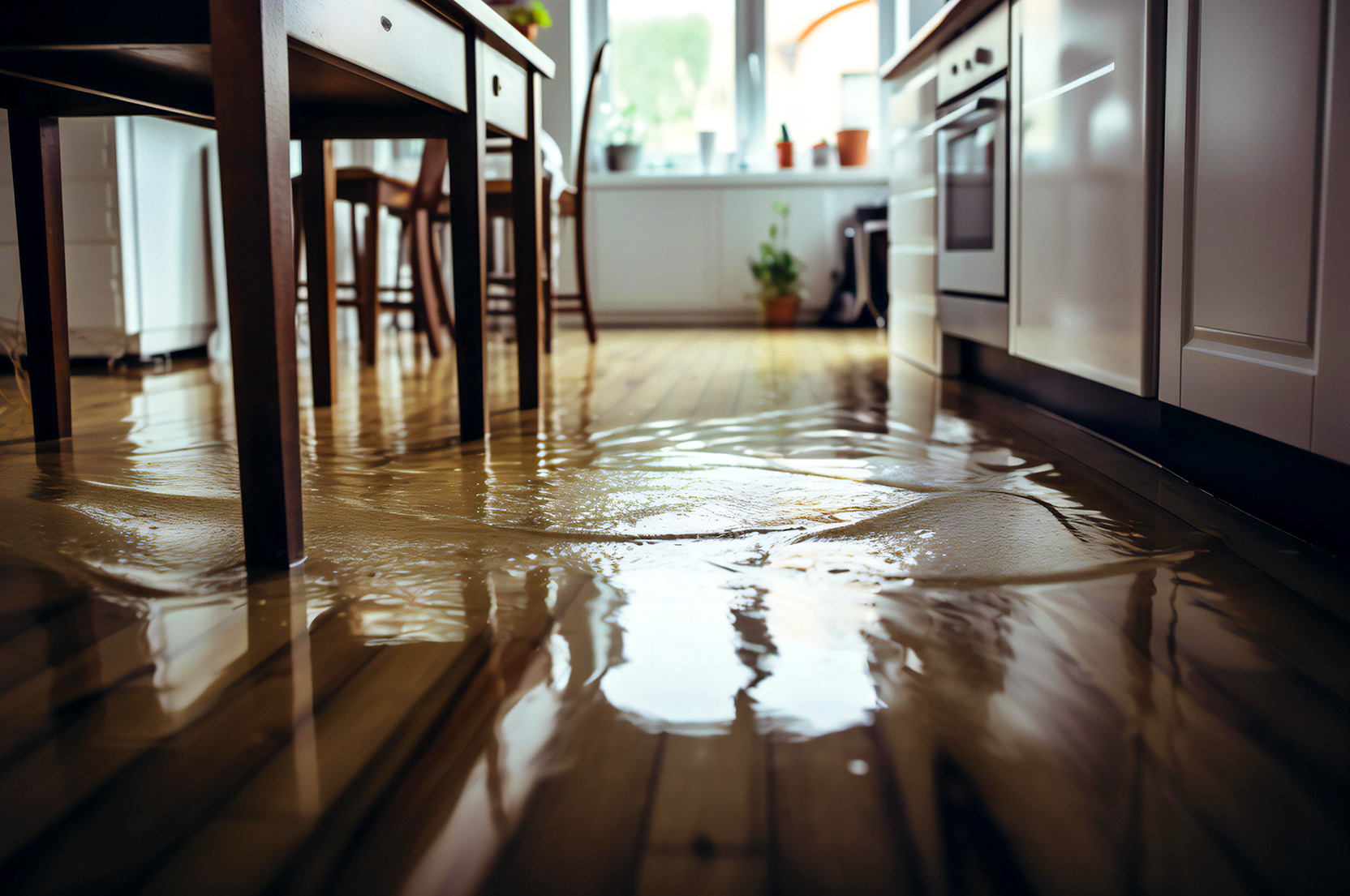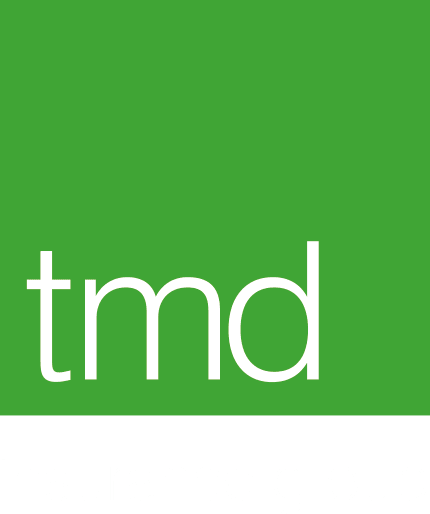Are you ready for flooding?

The UK is facing more frequent and severe flooding as a result of climate change, with around one in six properties now at risk. According to a recent report by The National Trust1, many organisations are unprepared for the increased risk. So, what do you need to do to prepare for a flood? What changes do you need to make? And how do you respond to a flood emergency? Here, we provide information and essential tips on preparing for and coping with a flood.
What is a flood?
A flood is an overflow of water beyond normal limits, especially over usually dry land. The ‘return period’ is the statistical likelihood that an event of a given magnitude will occur within a given year. For example, a 100-year flood refers to an event that has a 1% probability of occurring in any given year. It doesn’t mean it will happen only once in 100 years - it could happen more than once in any given year, annually or once in a given time period.
What are the three types of flood?
Each of the flood types has a different impact in terms of how it is forecast, the damage it causes and the protection required:
- River flood (also known as a fluvial flood)
This occurs when the water level in a river, lake, or stream rises and overflows onto neighbouring land, which could be due to excessive rain or snowmelt.
- Surface water and flash flood (also known as a pluvial flood)
This occurs when extreme rainfall creates a flood: you don’t need to be located near a body of water to be affected. Surface water occurs when an urban drainage system is overwhelmed and water cannot drain away. Flash floods happen when there is an intense, fast flow of water triggered by torrential rain falling within a short amount of time, and can be dangerous due to the force of the water and debris swept along. The problem is exacerbated when there is a heatwave due to excess water being unable to soak into dry, compacted ground.
- Storm surge (also known as coastal flooding)
This is where land alongside the coast is flooded by sea water. It is commonly caused by intense windstorms and tsunamis. The storm surge is created when high winds and low pressure force water onshore (most often associated with a hurricane or typhoon).
Learning about your area’s flood risk
It can be difficult to gauge future flood risk, but it will help you to be as prepared if you can understand what flood risk your property is exposed to. A Flood Risk Assessment can assess the source of flooding, its likely impact and what you can do to increase your resilience to flooding. Although historical flooding may not be an indication of what may happen in the future, it is useful to be aware of past events, as this can help you plan and build resilience. You can check online historical records or request information from risk management authorities.
Warning systems
Flood warnings can be received by telephone, mobile, email, SMS text message or fax, giving you time to prepare.
Fluvial flood warnings consist of:
- Flood Alert, when you should monitor local news, be aware of water levels near you, be prepared to act on your flood plan, check on the safety of pets and livestock, charge your mobile phone and make a list of what you can move away from the risk.
- Flood Warning, when you should move cars, pets, food, valuables and important documents to safety; turn off gas, electricity and water supplies if it is safe; put flood protection equipment in place; roll up carpets and rugs, and hang curtains over rods; move or secure large or loose items in your garden; inform friends, neighbours and relatives you may need to leave your home.
- Severe Warning, when you should collect things for evacuation, turn off utilities if safe, stay in a high place with a means of escape, avoid electricity sources, listen to emergency services, dial 999 if in danger, avoid walking or driving through flood water.
- All Clear, when you can return if you are told it is safe but beware of sharp objects and pollution in the water, and ask the advice of your insurance company before starting to clean up.
There are no pluvial flood warning systems in place but there are sources that can help you prepare for flash flooding, such as the Met Office Severe Warning system, the Environment Agency flood helpline(0845 988 1188), or listen to local radio.
Taking preventative measures
Preventative measures include raising infrastructure, tiling floors and walls, raising floor levels, utilising water resilient materials and laying plasterboard horizontally instead of vertically. It’s a good idea to have a Property Flood Resilience (PFR) survey carried out first. Maintaining drainage systems is essential to reduce the risk of flooding, and this includes sewers, gutters and downpipes or ditches, brooks and streams. For information on property flood resilience, click here
A Flood Emergency Response Plan
This is an important tool to help reduce the damaging impact of a flood on your property business and employees. You should have different flood trigger levels to allocate corresponding actions and resources at each level. Once created, training all staff, practising the plan and learning what works well and what doesn’t is important. You should also involve external emergency response services in the planning and training of your Plan.
In the event of a flood…
Follow the Flood Warning advice given above in the section on Warning Systems. In addition, weigh down plugs for sinks, as plugholes can let in water, and use sandbags to cover the building’s vents, doors, lower windows and air bricks to reduce the amount of water that can get in. (Remove when the flood has passed, remove to allow air to circulate.) If you smell gas, call the National Grid immediately.
Making a claim
Weather-related losses, mainly from storms and floods, account for 14% of claims1, with the average cost of a flood-related claim being £98,178, according to Zurich Commercial claims data. If you need to make a claim, contact TMD and we will be happy to talk to your insurance company on your behalf, liaising with loss adjusters and working out the best way to get your property back to normal and more resilient against flooding in the future.
Our business is your protection. To talk to TMD about your property insurance policy and how to protect your home or business against the risk of flooding, please call us on 01992 703 000 or email insurance@mcdonaghs.co.uk
Source
1.publicfirst.co.uk: Making Climate Adaptation Matter

